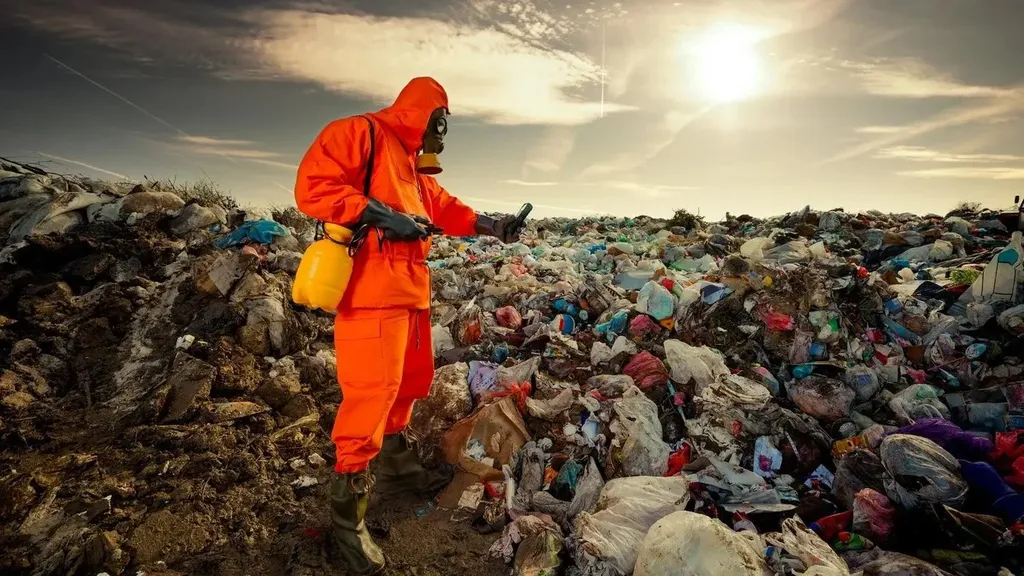In the quest for sustainable construction materials, researchers have turned an unexpected corner: the ash left behind from burning municipal waste. A recent study led by Kailun Chen from the Centre for Infrastructure Engineering and Safety at the University of New South Wales has uncovered a promising way to repurpose this often-overlooked byproduct, potentially reshaping waste management and cement production.
Municipal solid waste incineration bottom ash (MSWI-BA) has long been a challenge for waste management strategies. But Chen and his team have found that incorporating it into cementitious materials could offer a dual benefit: reducing waste and creating more sustainable construction materials. “We’ve discovered that MSWI-BA can be used as a fine aggregate in cement, but the key is in the optimization,” Chen explains. “By carefully controlling the particle size distribution and grading, we can mitigate some of the negative effects and enhance the material’s performance.”
The study, published in the journal *Developments in the Built Environment* (translated from Dutch as *Advances in the Built Environment*), reveals that while higher contents of MSWI-BA can intensify alkali-aggregate reactions (AAR), leading to strength loss and cracking, these issues can be managed. “Smaller particle sizes and finer gradations reduce stress concentrations and enable a more uniform distribution of reaction products,” Chen notes. “This effectively lowers expansion rates and enhances the material’s stability.”
The commercial implications for the energy and construction sectors are significant. Waste incineration plants could potentially turn a liability into an asset, selling MSWI-BA to cement producers instead of disposing of it. This could create a new revenue stream and reduce the environmental impact of both waste management and cement production.
Moreover, the findings could drive innovation in waste management strategies and sustainable construction. By repurposing MSWI-BA, industries could reduce the demand for natural aggregates, lowering extraction costs and environmental degradation. “This research opens up new possibilities for circular economy practices in the construction industry,” Chen says. “It’s a step towards more sustainable and high-performance cementitious composites.”
As the world grapples with waste management and sustainable construction challenges, Chen’s research offers a glimmer of hope. By turning trash into treasure, industries could make strides towards a more sustainable future. The study not only sheds light on the potential of MSWI-BA but also underscores the importance of innovative thinking in tackling global challenges.

